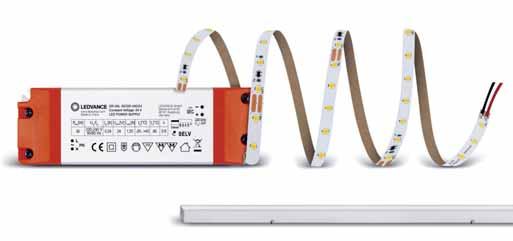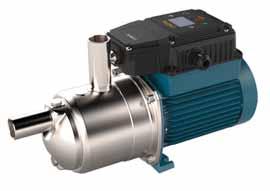Õ ` }Ê-iÀÛ ViÃÊ } iiÀ }Ê Ê Ûi LiÀÉ iVi LiÀÊÓäÓä
Reducing the risk of Corona infection in industrial buildings with infrared heating Employers and employees are understandably concerned with one fear at present – what is the risk of infection at work? Could the illness of an employee result in a forced closure of the company? Even if safety distances, regular surface disinfection and parttime working models (including home office) are suitable measures to reduce the risk of infection among employees, other hygiene guidelines have been in force in offices and production buildings since the pandemic began, and even building equipment such as heating systems must now be critically examined. SARS-CoV-2 viruses are carried by air movement. It is known that Covid-19 infection occurs mainly via droplet infection and aerosols, i.e., micro-droplets produced while talking, coughing and sneezing. When in contact with other people, we try to avoid this as much as possible by using masks. What works well outdoors can still become a risk in closed rooms. A study at the renowned Hermann Rietschel Institute for Heating and Ventilation Technology at the Technical University of Berlin on the transmission time of SARS-CoV-2 viruses in the air has produced interesting results on the length of time and distance travelled by the viruses. After 20 minutes, more than 50% of medium size particles (3 to 10 μm) were still found in the air. “Larger particles sink to the ground faster. Smaller particles follow the air flow and can remain in the air for quite a long time,” says Professor Martin Kriegel, Head of the Hermann Rietschel Institute, Department of Building Energy Systems. “Another study shows that even larger droplets (>60 μm) can, under certain circumstances, spread far into a room. This is the case, for example,
Hevac edit.indd 1
if the particles are emitted by a person and it rises, spreads horizontally and only then starts to settle. Possible horizontal air movements further intensify the spreading effect.” Kriegel says (source: TU Berlin). Does the healthier heater heat without air? Heating systems that work without air movement, such as radiant heating systems, can significantly reduce the risk of infection, according to the studies. Schwank GmbH, the market leader for gas infrared radiant heaters, sees a trend in this. “Many of our prospective customers evaluate a heating system now with a strong focus on minimising spreading the risk of the corona virus.
35
Our luminous and tube heater systems, which do not move, are experiencing a considerable growth of interest,” said a spokesperson. Heaters such as luminous or tube heaters transfer heat by means of electromagnetic waves, so-called infrared rays. Where the infrared rays strike, they are converted into heat, the same principle as of the sun. Therefore, infrared heaters do not require a carrier medium to transport their energy. The heat is transferred from the heating system to the employee’s area without any air movement such as with conventional heating systems. That means it is also very economical. Radiant heaters thus avoid undesired air currents, dust movement and heat cushions under the building’s ceiling. Contact: Paul Devereux, Specification Manager, Hevac. Tel: 01 - 419 1919; Mobile: 086 - 173 8060; email: paul.devereux@hevac.ie web: www.hevac.ie Q
Heating systems that work without air movement, such as radiant heating systems, can significantly reduce the risk of infection.
26/10/2020 14:58













